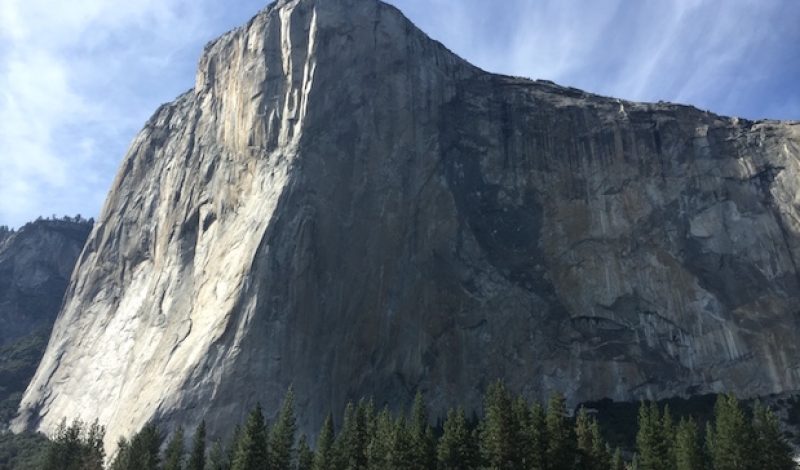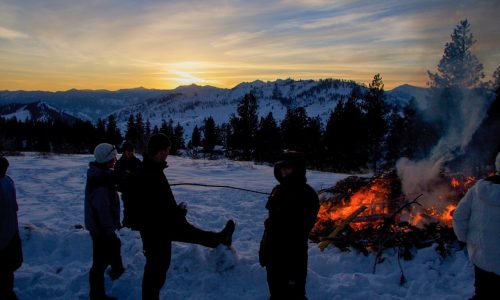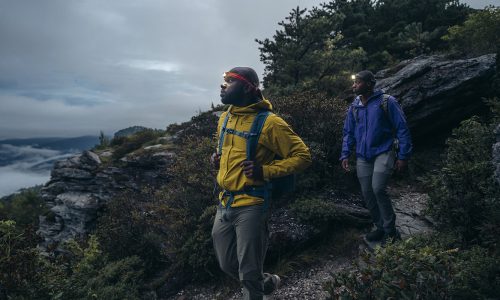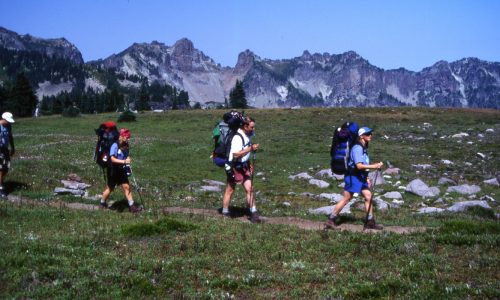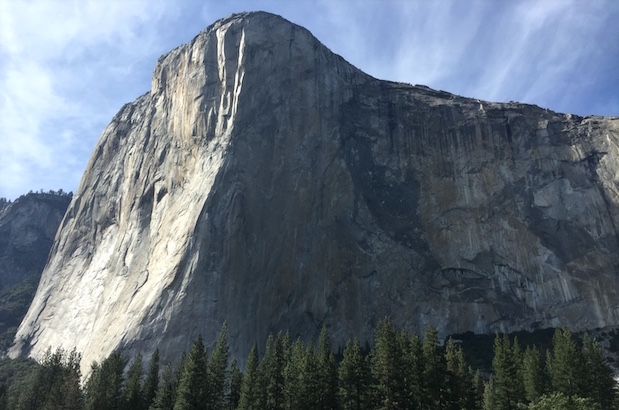
(Image courtesy of Mike Schneiter)
With 2016 here, it’s time to start thinking about goals for the year if you haven’t already. Last year at this time I had my eyes set on a trip to Yosemite to climb the famed The Nose route on El Capitan. I had last climbed it in a day in 2008 without much thought, but this time I had plenty of opportunities to think about tactics and gear in the months leading up to the trip. Hence, here’s a look at some of they key gear I used on my second trip up the Nose.

Your climbing harness is a key piece of gear as you end up spending all day in it, moving, climbing, and constantly accessing the gear you hang from it. I chose the Petzl Aquila harness ($125) because it’s light and comfortable with cliffside hanging sessions, and is capable of holding a lot of gear on its four designated gear loops while keeping it all close at hand.

My partner selected and bought a new rope just for this trip. The Sterling Evolution Velocity ($204 for a 60-meter standard) is a 9.8mm rope available in lengths from 35 to 80 meters. We used a 60-meter version that came in an eye catching purple color. The Evolution Velocity has been a popular rope from Sterling for a long time, and I appreciated its balance of durability and lightweight. It also handles well through repeated pitches of climbing, tying into anchors, belaying, and jugging too.
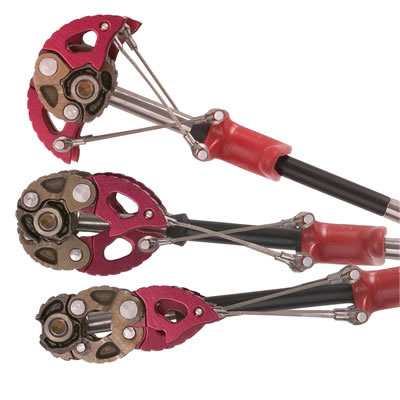
People seem to have a love-hate relationship with the Omega Pacific Link Cams ($101.95 – $113.95) but for a Nose in a Day trip, they were perfect. When aiding/French freeing I regularly had one on each daisy chain and could leapfrog them with ease thanks to their wide range. Each cam has the range of 2-½ normal cams, and with overlap between sizes I could cruise up a wide range of crack with one Link Cam on each aider. Plus, when linking pitches and climbing large blocks, I always saved my Link Cams for last, knowing that I would have something to fit the final crack to the anchors.

The C.A.M.P. Speed helmet ($119.95) was the lightest helmet on the market when it debuted a few years ago. Even though it has been surpassed since then, it’s still darn light and a far cry in weight from the hard plastic shell models of old. The Speed features great comfort and breathability, which just what you want for a long day on the Big Stone. It has recently been updated to a 2.0 version with new colors and a slightly different shell material for greater protection of the foam.

Ever try to dig a paper topo out your pocket? Kind of sucks, right? Say no more with the Metolius Access Fund Pod Chalk Bag ($22.50). This stylish bag has a pocket with a clear plastic view screen so you can quickly view your topo without a hassle. The pocket fits a letter size sheet of paper that has been folded into quarters and the chalk part of the bag has plenty of space for that magical elixir drying agent that we love so much.

I had a lot of climbing footwear to chose from, but I settled on a shoe I have thoroughly enjoyed for long routes. The high-top uppers of the Evolv Astroman climbing shoes ($145) protect your ankles for the long haul and the stiff, flat bottom sole provides a stable and comfortable platform for a long day of wedging into cracks and standing in aiders.
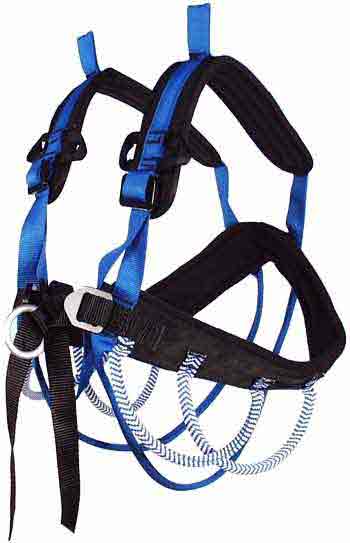
You got to put your gear somewhere and I’ve long been a fan of my Yates Big Wall Rack ($99) for carrying a bunch of gear on long climbs where I’m aiding. The shoulder pads are contoured and thickly padded, making for a comfortable carry of gear on a long day climb. Two large gear loops on the sides organize the bulk of your gear, but I love the handy small loops up front where I can keep the gear that I use the most quickly accessible.
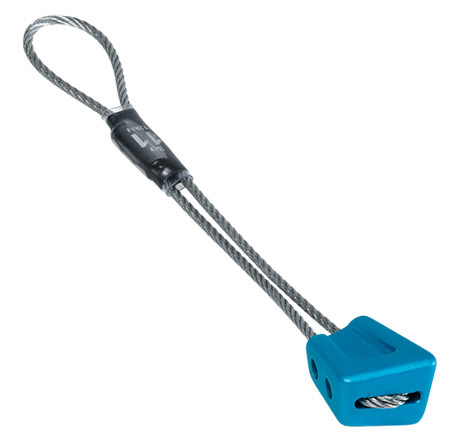
We were mostly plugging cams on the Nose but the only passive gear we brought were the DMM Offsets ($16 each). Offset nuts are perfect for the many flared pin scars you’ll find on the Big Stone and they also find good purchase in many natural cracks, giving you a lot of options. Plus, with anodized coloring you can more easily locate the size you want.
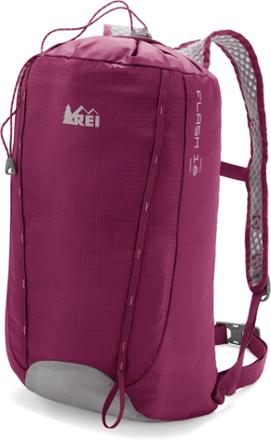
Finally, I’m not bold or strong enough to just clip a water bottle on my harness so I had to carry some sustenance along with me. I used my trusty REI Flash 18 Pack ($34.50) to do just that. Light, compact and with a simple drawcord closure, this little pack has enough room for a small first aid kit, light jacket, water and food. It’s what I regularly use for a variety of multi-pitch objectives because it is still comfortable when moving while carrying everything I need.
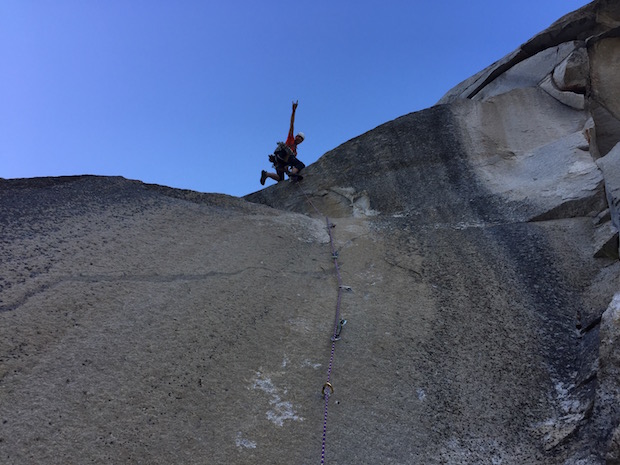
(Image courtesy of Mike Schneiter)








